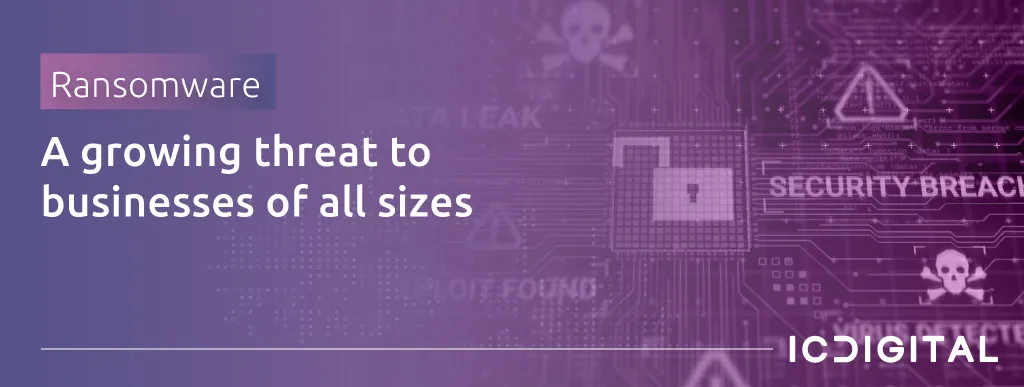
2023 Ransomware Threats: Impact, Prevention, and Recovery

Ransomware: A growing threat to businesses of all sizes
Ransomware is a type of malware that encrypts a victim's data and demands a ransom payment in exchange for the decryption key. Ransomware attacks have become increasingly common in recent years, and businesses of all sizes are at risk.
In 2022, the average ransom payment paid by organizations was $812,360, according to Coveware. This represents a 102% increase from the previous year.
Ransomware attacks can have a devastating impact on businesses. The cost of recovering from a ransomware attack can be significant, and businesses may also suffer from lost revenue, reputational damage, and legal liability.
The evolving landscape of ransomware attacks
Ransomware attackers are constantly evolving their tactics and techniques. In recent years, there has been a shift towards more targeted attacks against large organizations. Attackers are also increasingly using double extortion tactics, where they threaten to release stolen data if the ransom is not paid.
Some of the most common ransomware strains in 2023 include:
- LockBit
- Conti
- REvil
- Hive
- BlackCat
These ransomware strains are known for their sophisticated encryption algorithms and their targeting of large organizations.
The impact of ransomware attacks
The impact of a ransomware attack can vary depending on the size and industry of the organization. However, some of the most common impacts include:
- Financial losses: The cost of recovering from a ransomware attack can be significant. This includes the cost of paying the ransom, the cost of downtime, and the cost of restoring data from backups.
- Lost revenue: Ransomware attacks can also lead to lost revenue. This is because businesses may be unable to operate while their systems are down.
- Reputational damage: Ransomware attacks can damage an organization's reputation. This is because customers may lose trust in an organization that has been hacked.
- Legal liability: Organizations may also face legal liability if their customers' data is compromised in a ransomware attack.
Prevention strategies
There are a number of steps that businesses can take to protect themselves from ransomware attacks, including:
Educate employees about ransomware. Employees should be educated about the dangers of ransomware and how to identify and avoid phishing emails and other social engineering attacks.
Implement strong security controls. Businesses should implement strong security controls, such as multi-factor authentication, firewalls, and intrusion detection systems.
Regularly back up data. Businesses should regularly back up their data to a secure offsite location. This will allow them to recover their data quickly if it is encrypted by ransomware.
Have a ransomware incident response plan in place. Businesses should have a ransomware incident response plan in place that outlines the steps that will be taken if the organization is attacked.
Recovery strategies
If a business is attacked by ransomware, there are a number of steps that they can take to recover:
Isolate the affected systems. The first step is to isolate the affected systems from the rest of the network to prevent the ransomware from spreading.
Identify the ransomware strain. Once the affected systems have been isolated, the next step is to identify the ransomware strain. This will help to determine the best course of action for recovery.
Attempt to decrypt the data. If possible, the business should attempt to decrypt the data using a decryption key provided by a security vendor.
Restore from backups. If the data cannot be decrypted, the business should restore from backups.
Incident response strategies
In addition to the recovery strategies listed above, businesses should also implement a number of incident response strategies, such as:
Notify law enforcement and affected customers. Businesses should notify law enforcement and affected customers as soon as possible if they are attacked by ransomware.
Preserve evidence. Businesses should preserve all evidence related to the attack, such as log files and network traffic. This evidence can be used to investigate the attack and identify the perpetrators.
Implement new security controls. Once the business has recovered from the attack, they should implement new security controls to prevent future attacks.
Conclusion
Ransomware is a growing threat to businesses of all sizes. By implementing strong security controls, educating employees about ransomware, and having a ransomware incident response plan in place.
